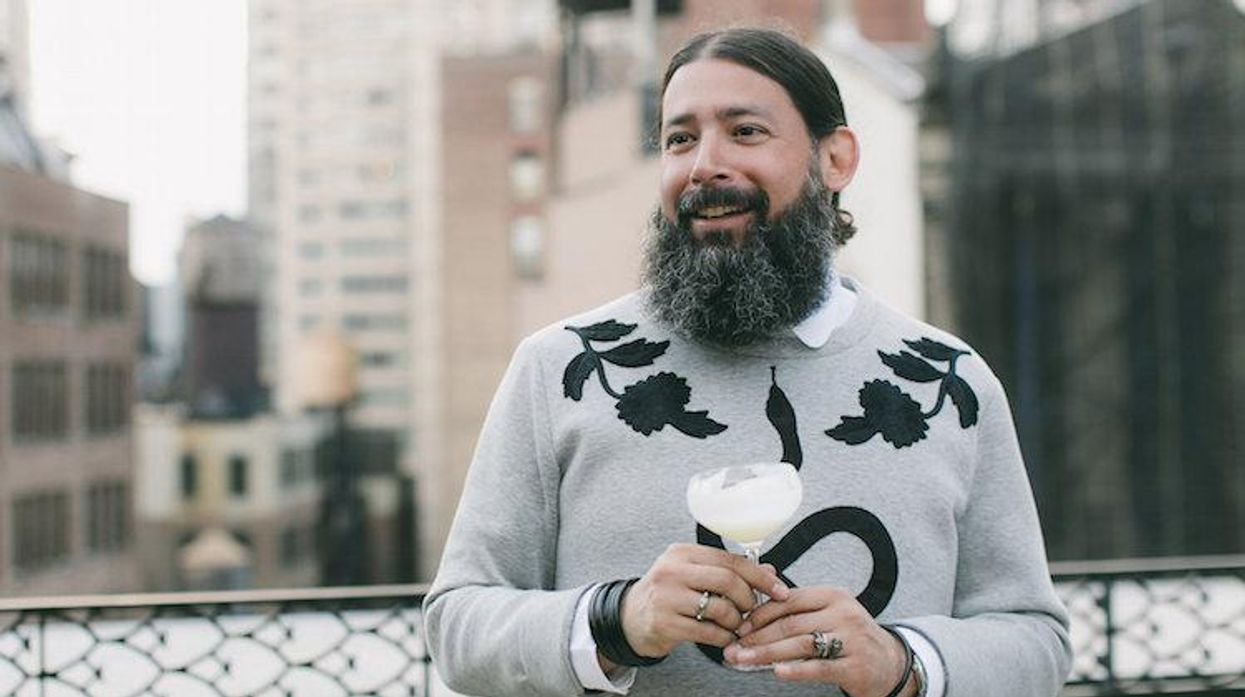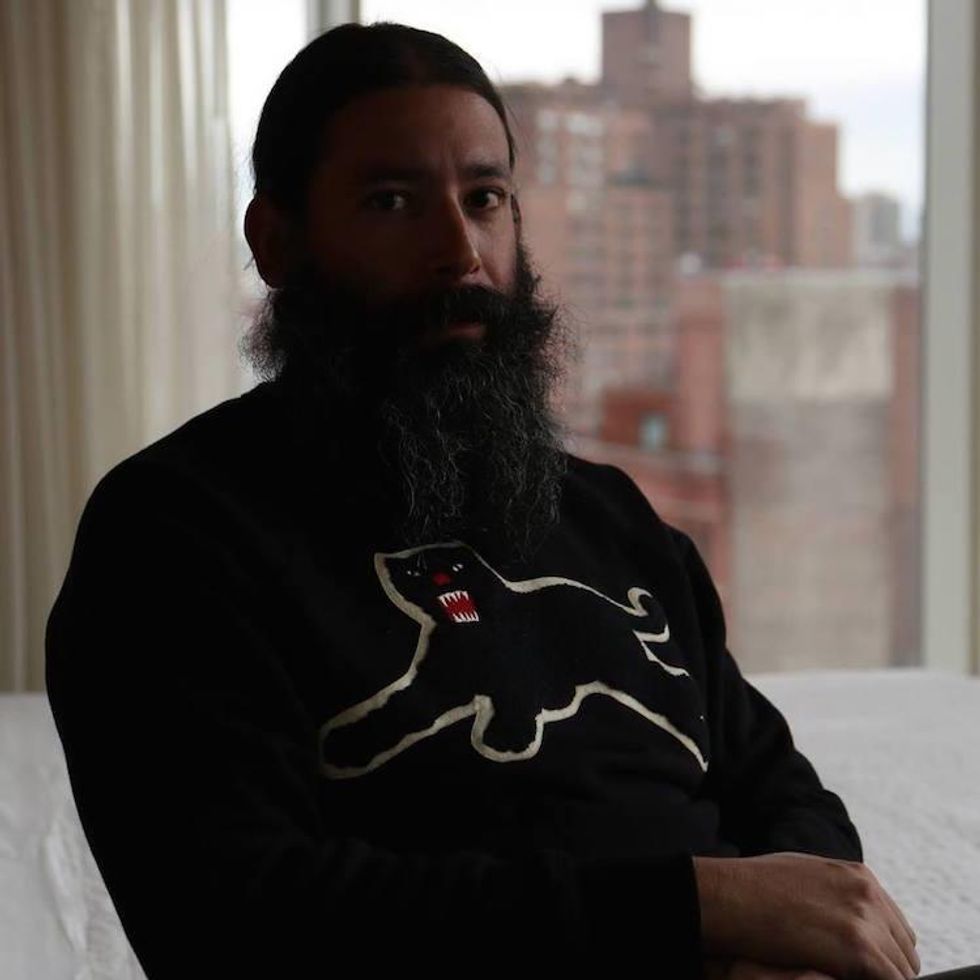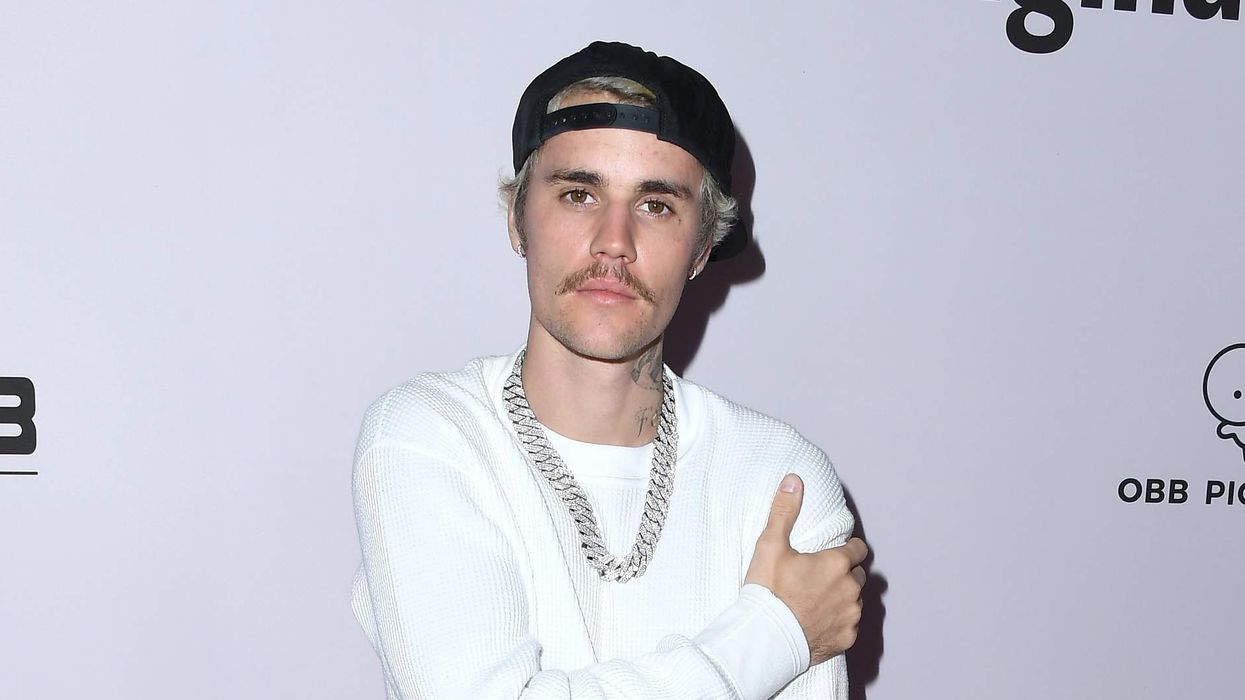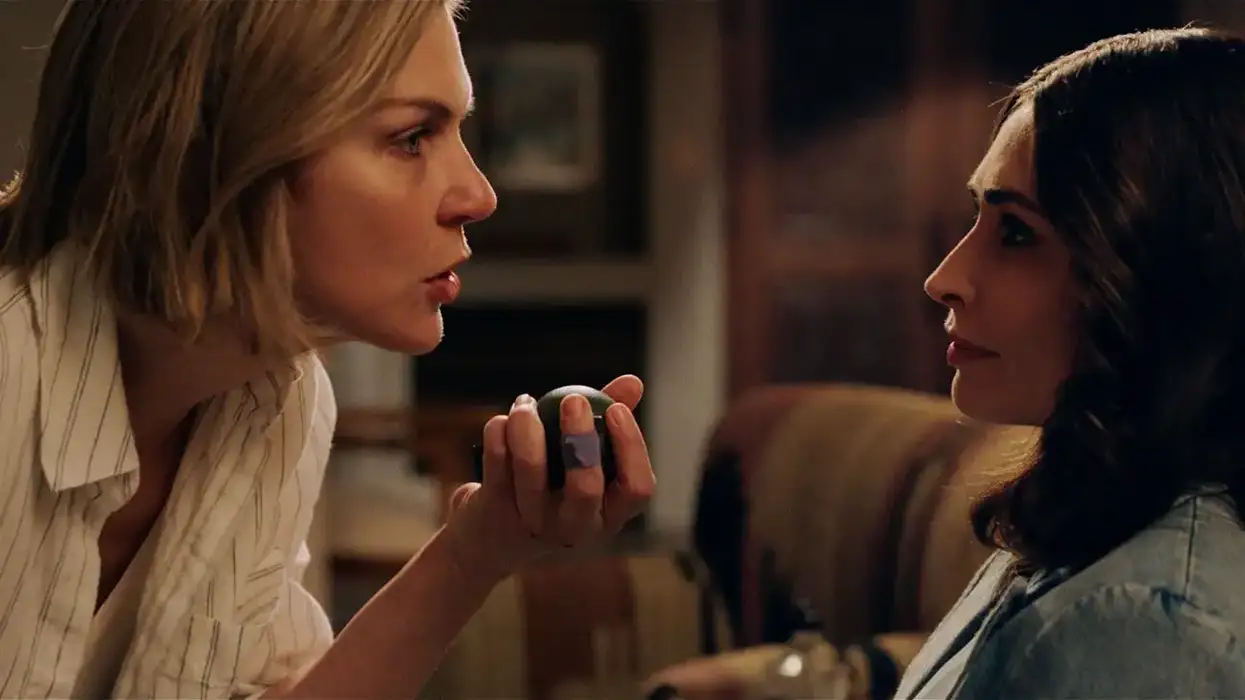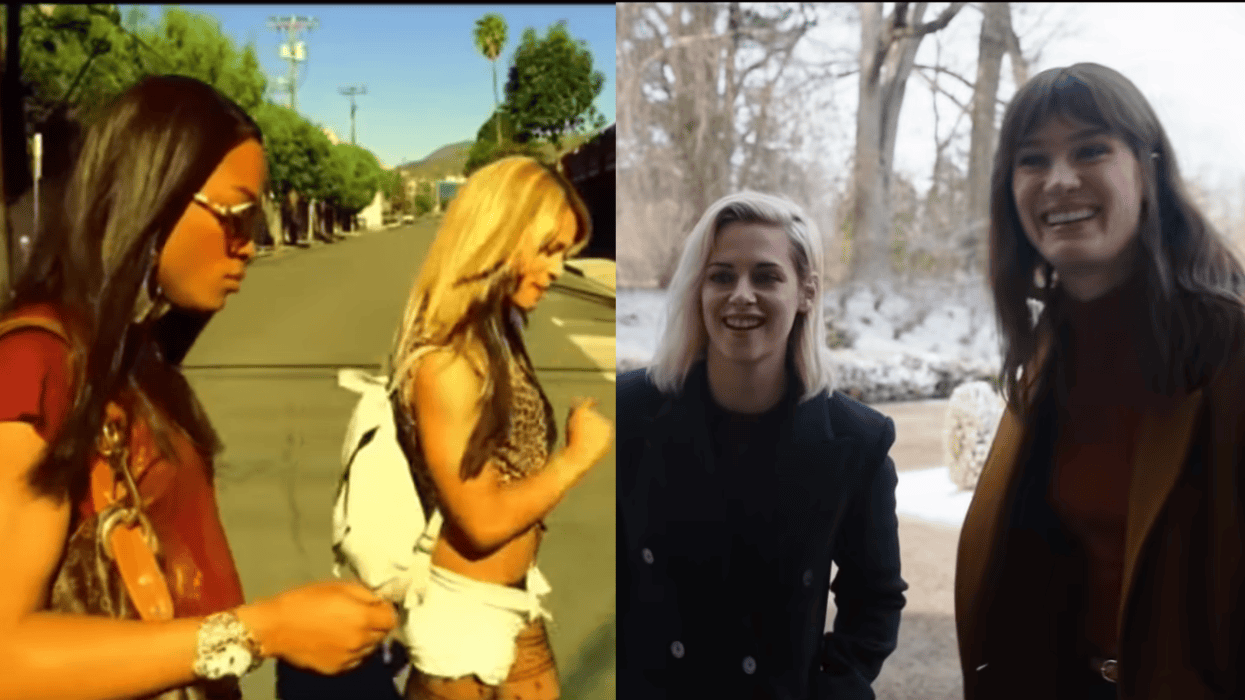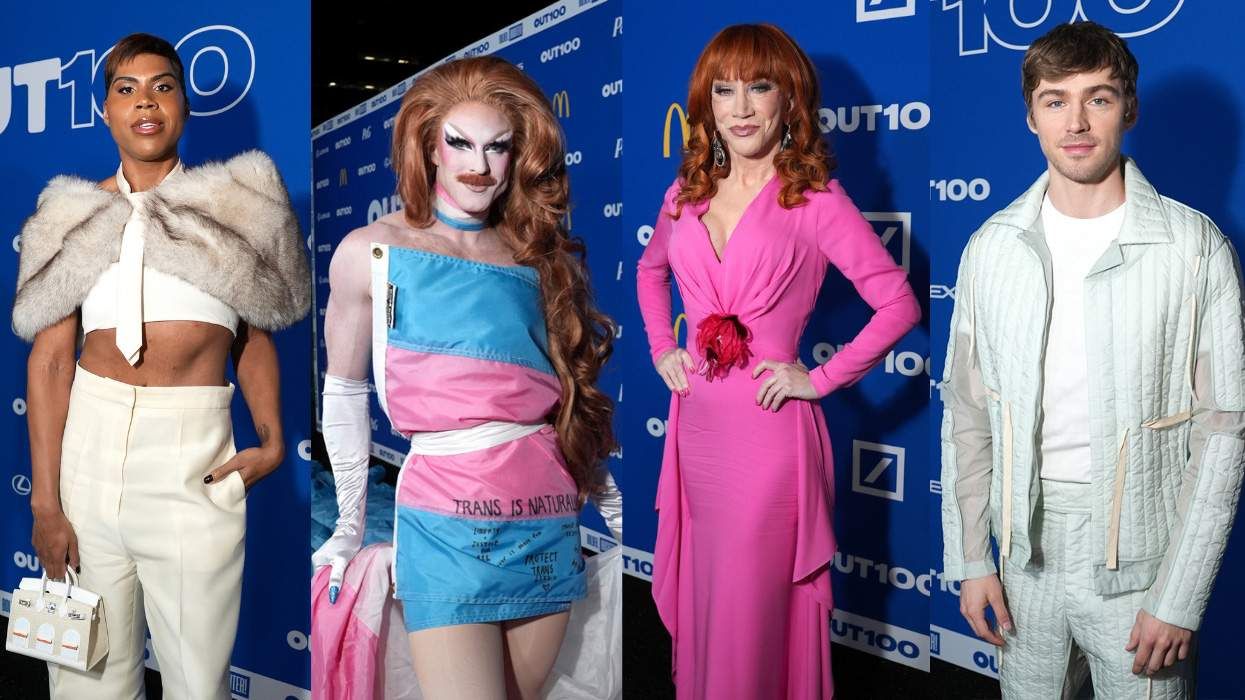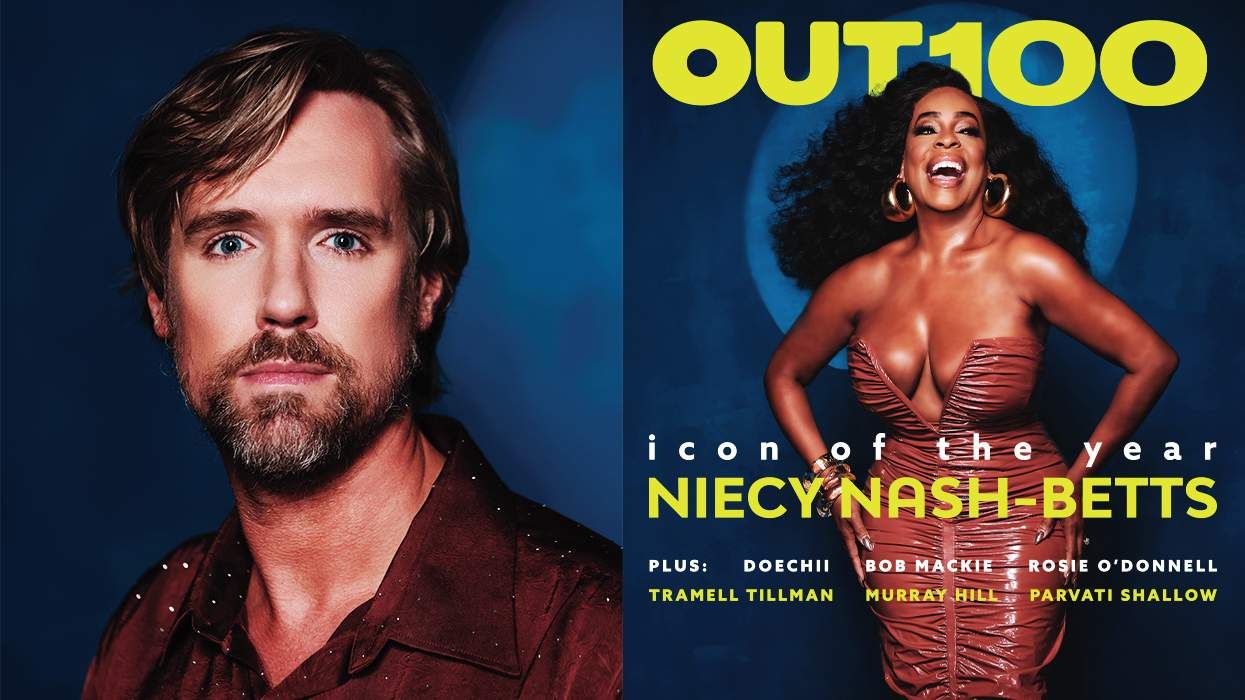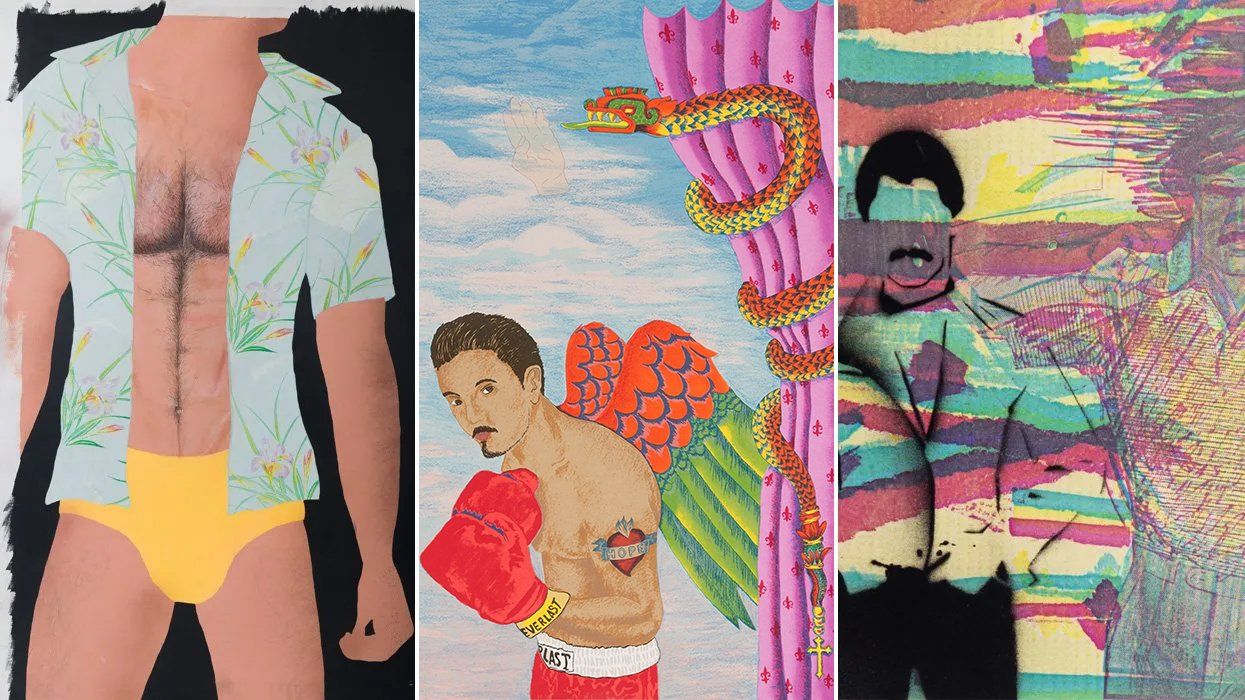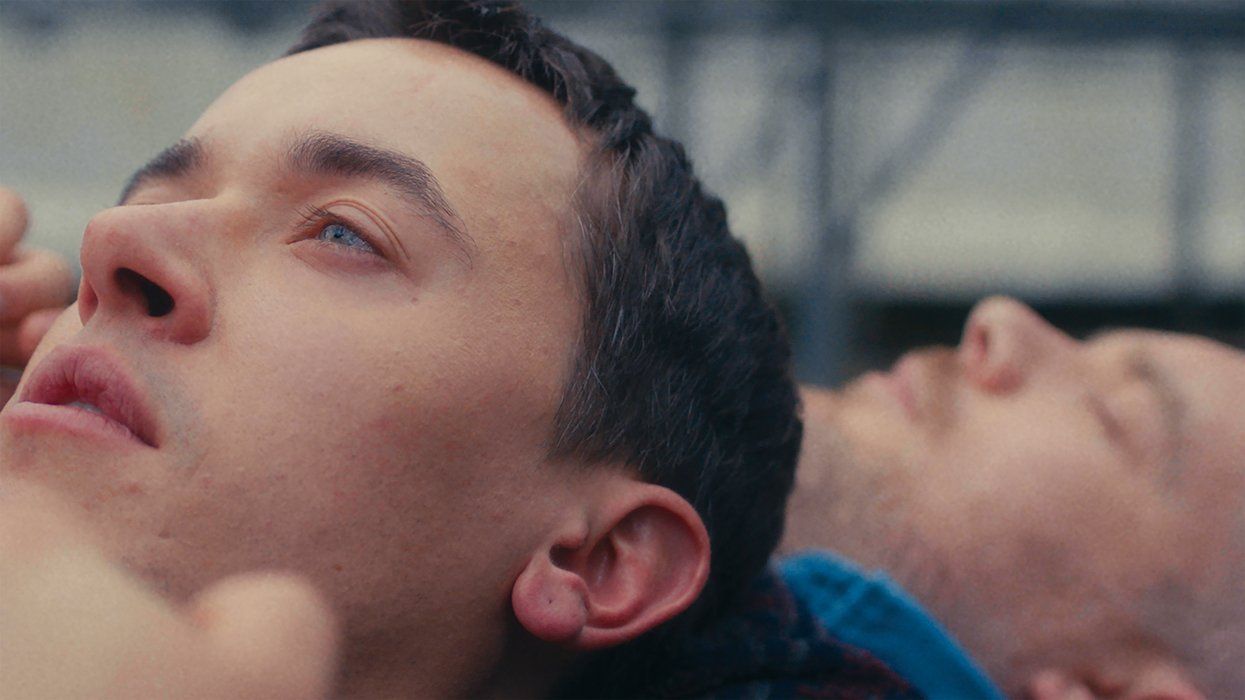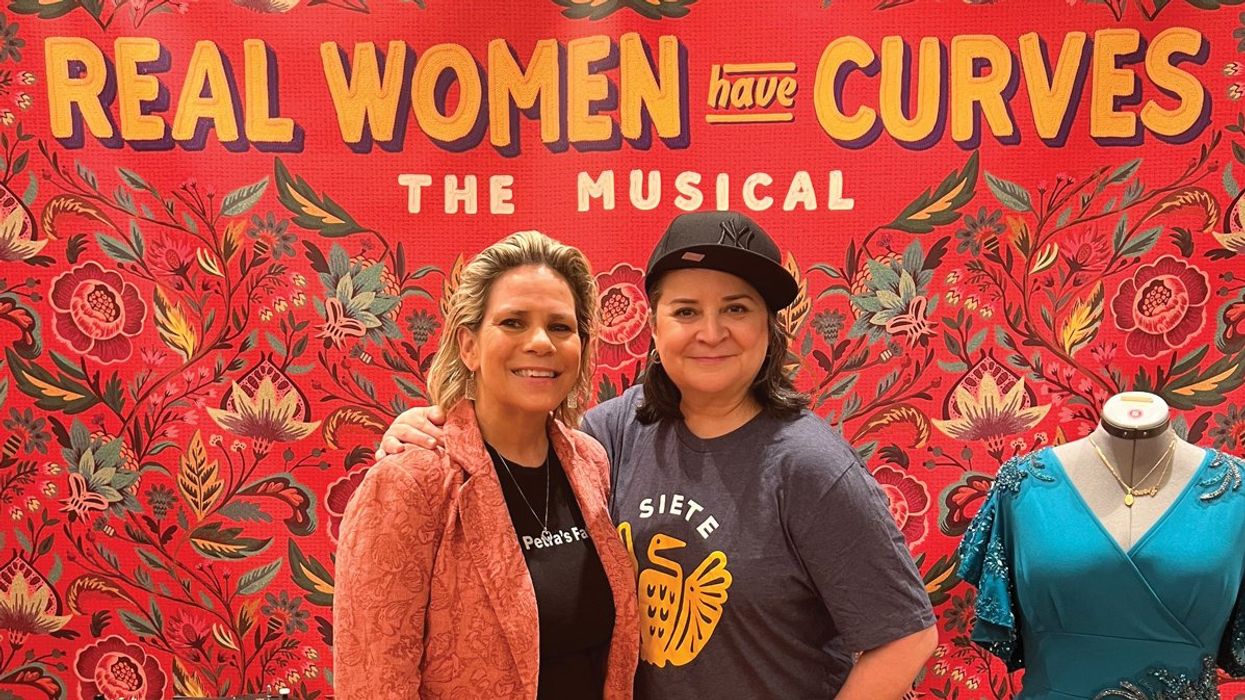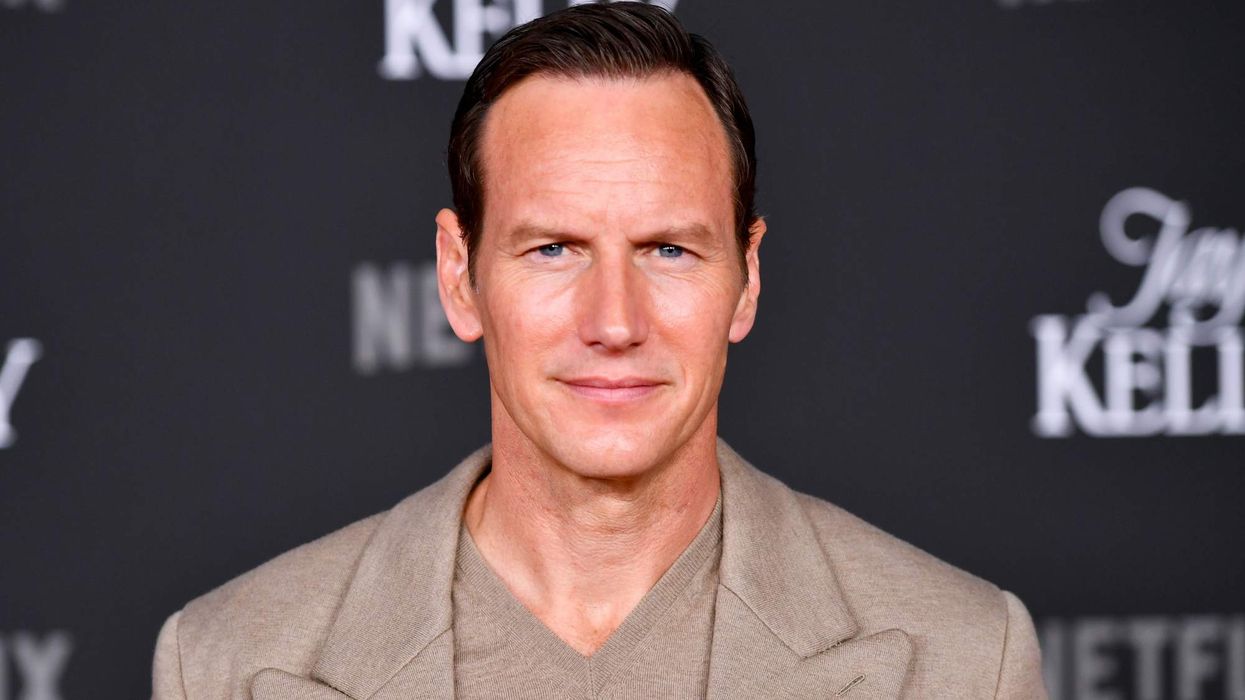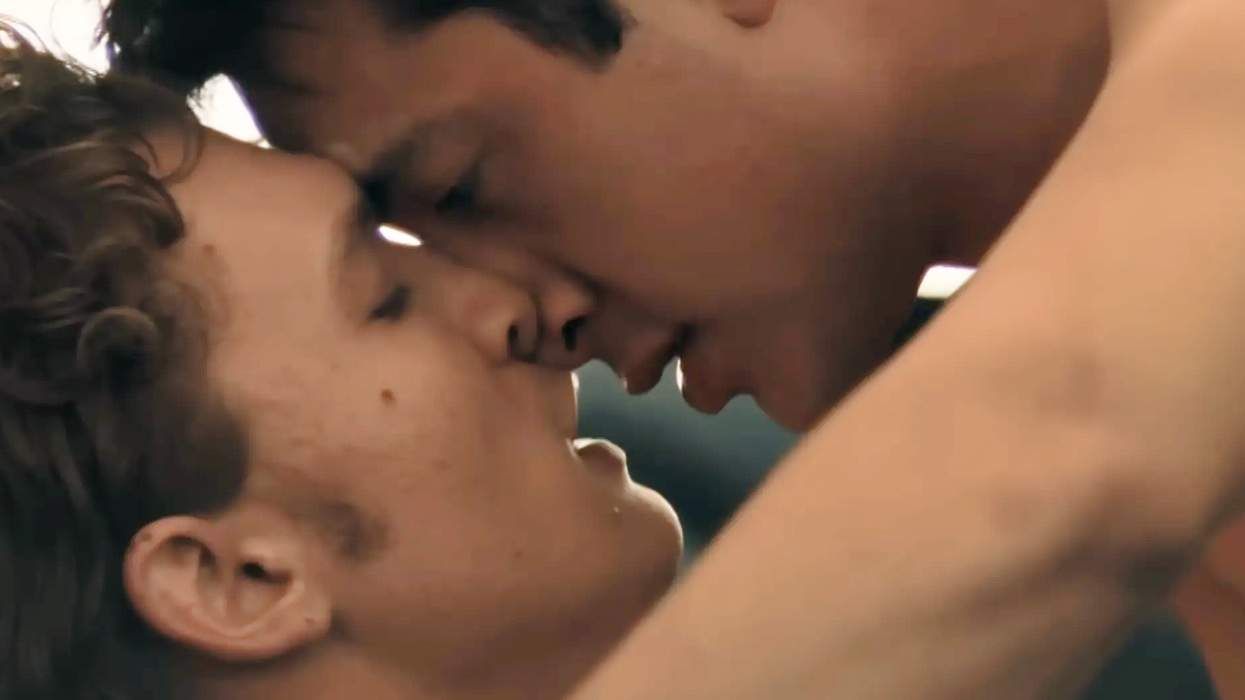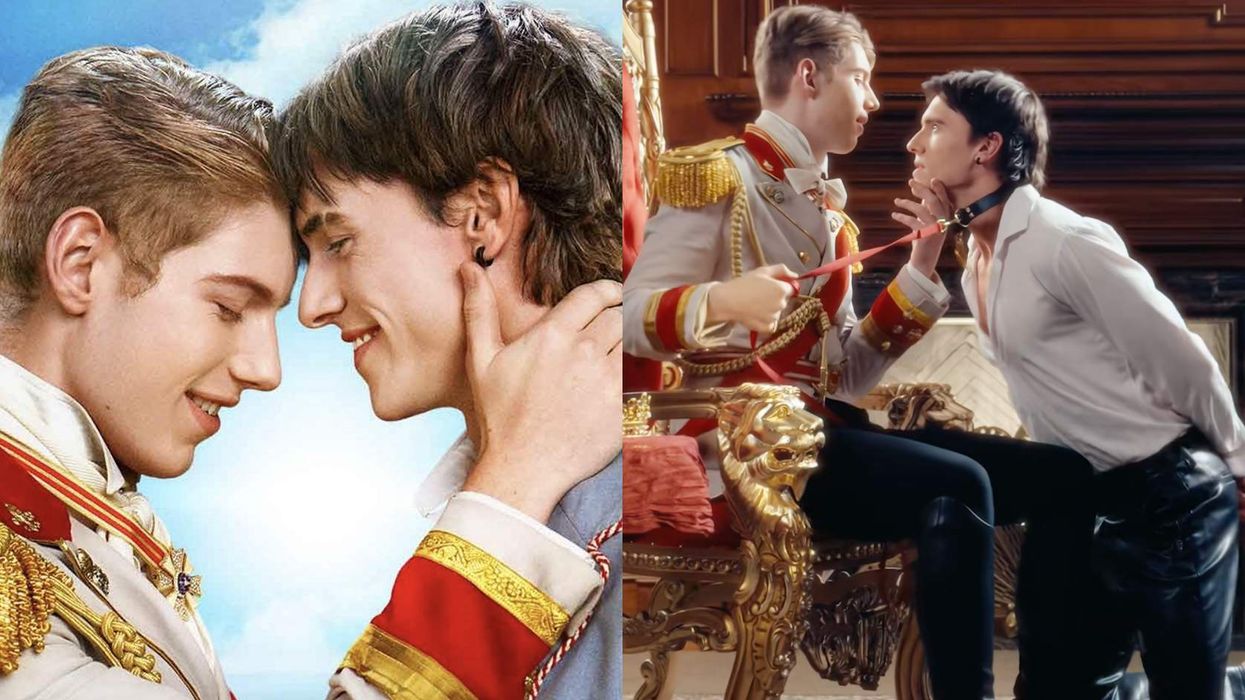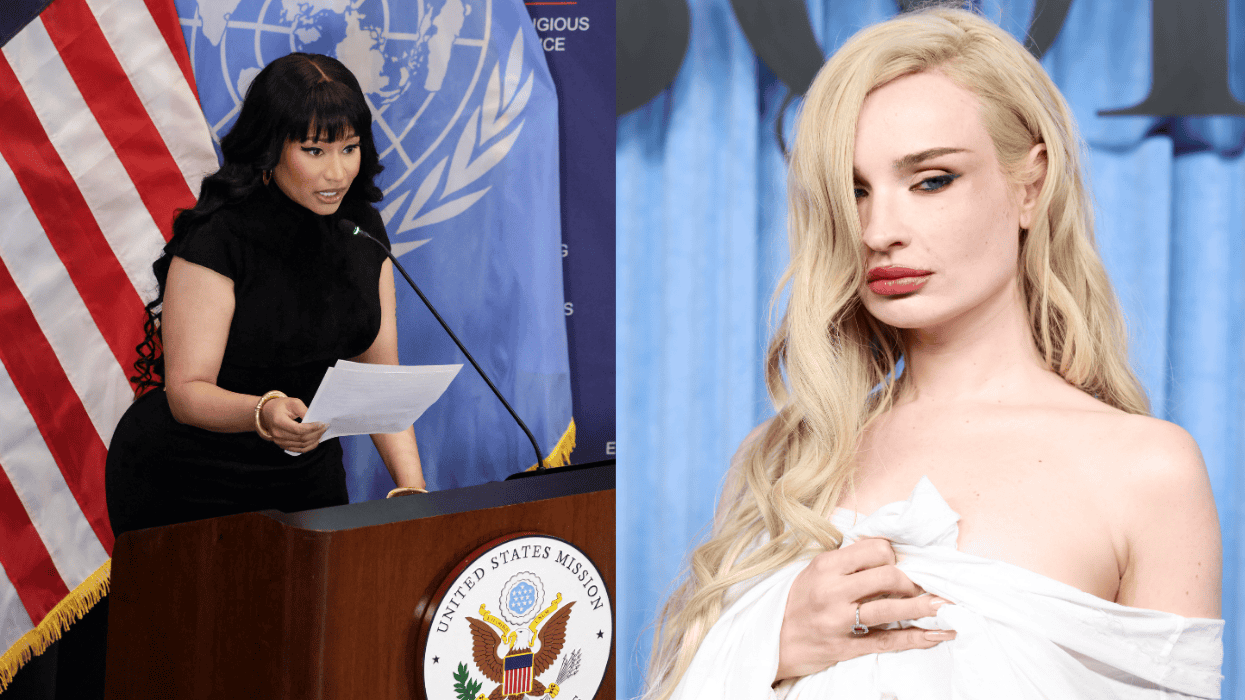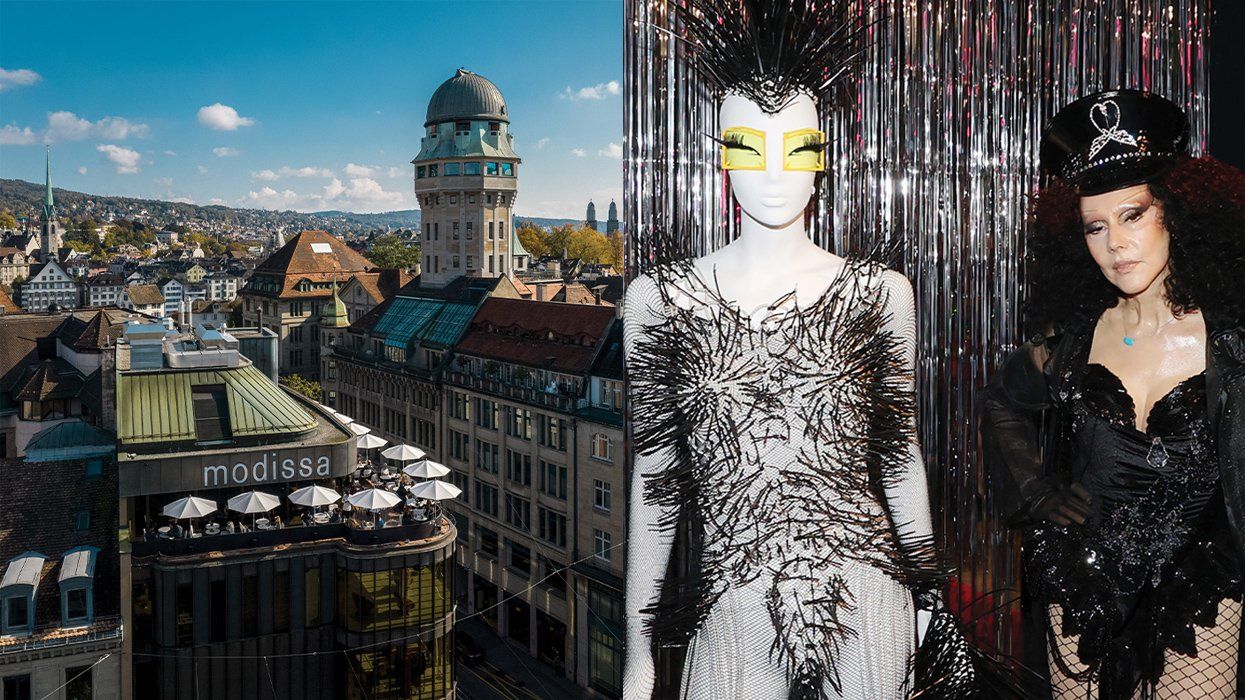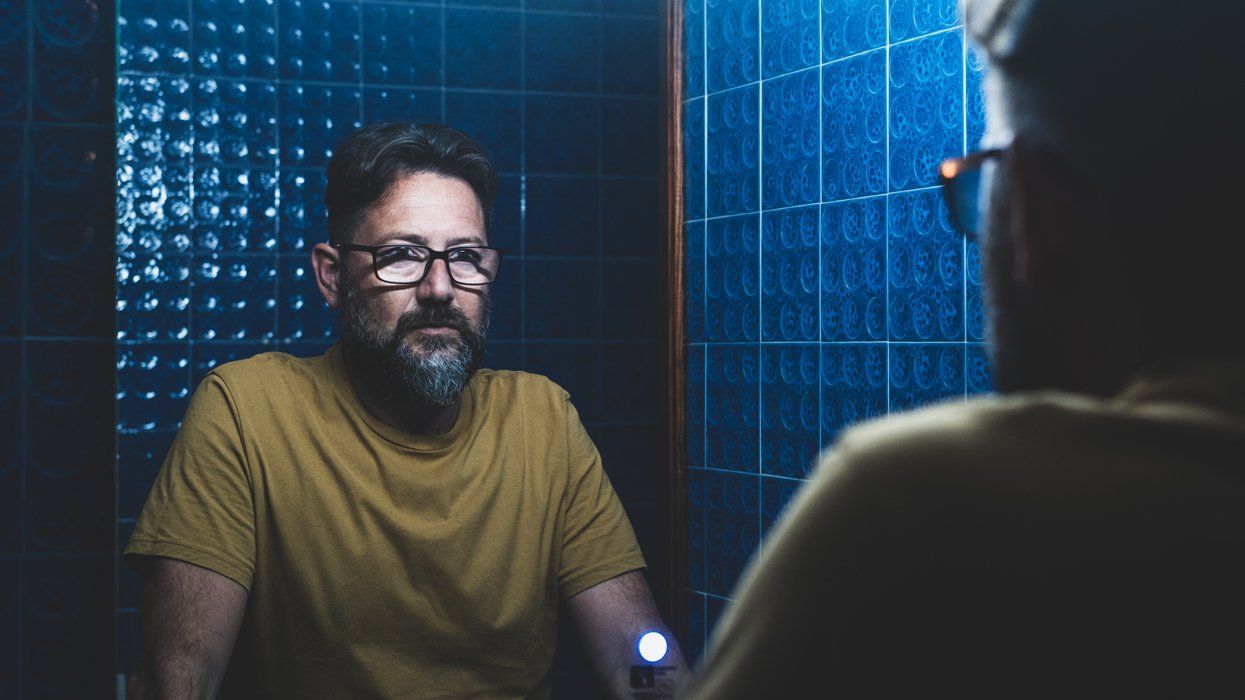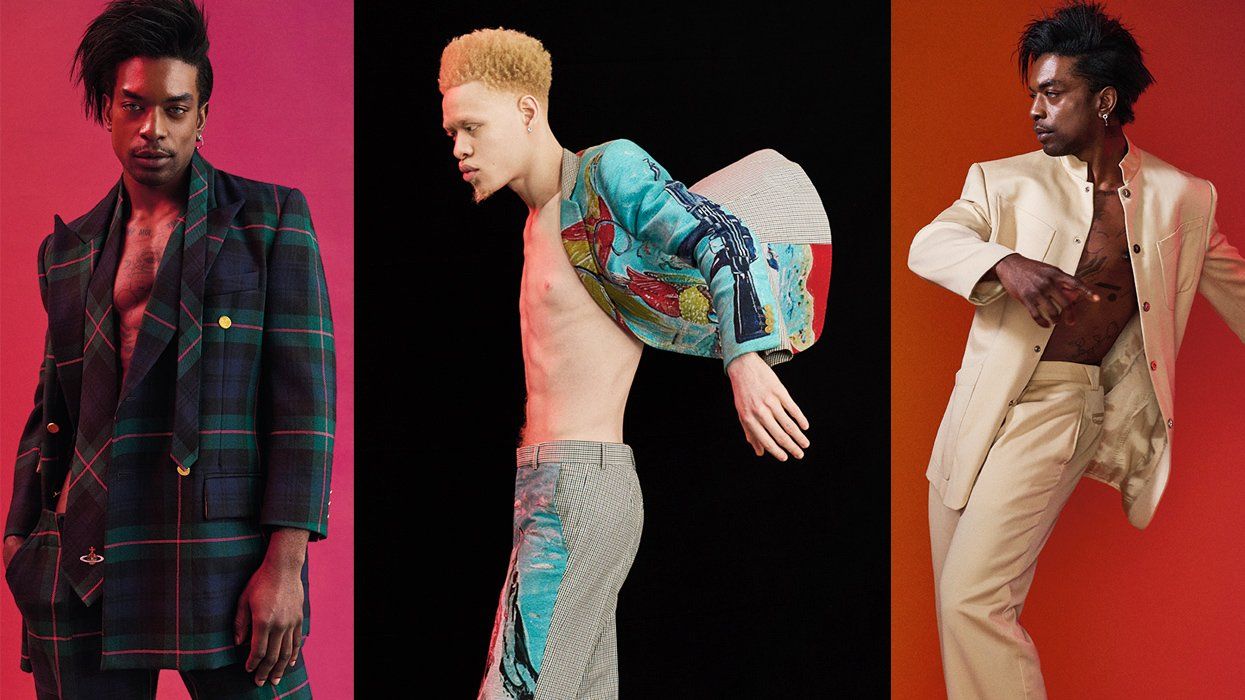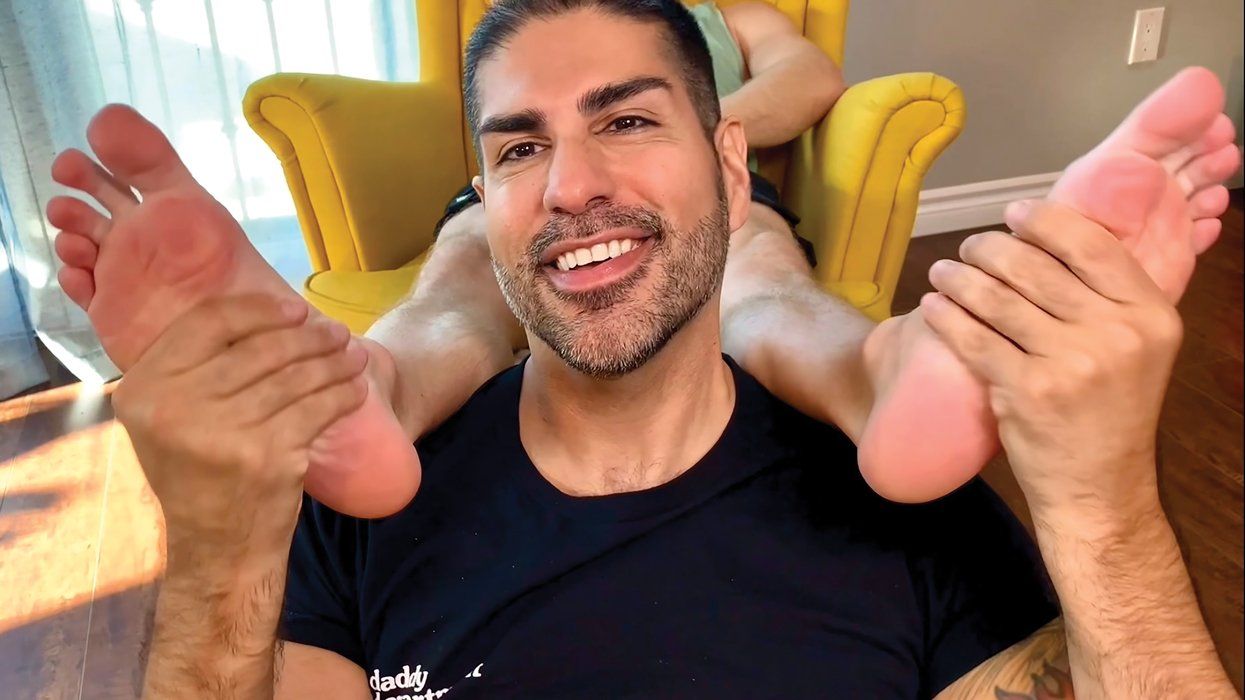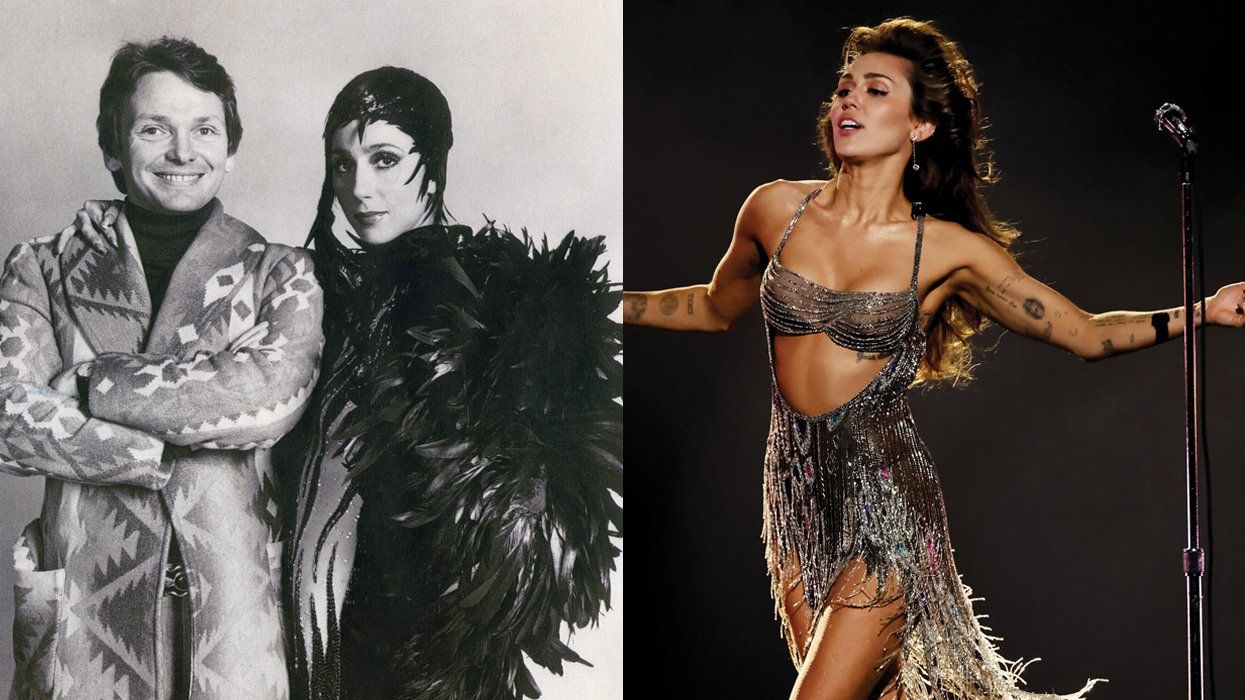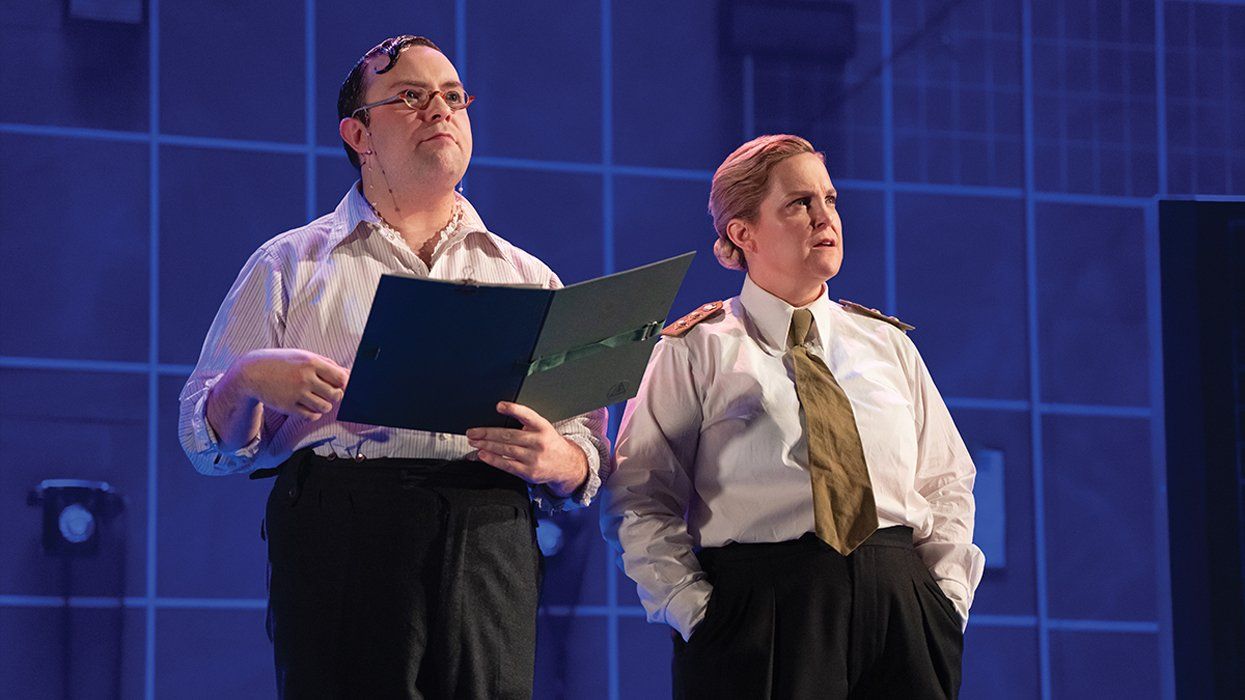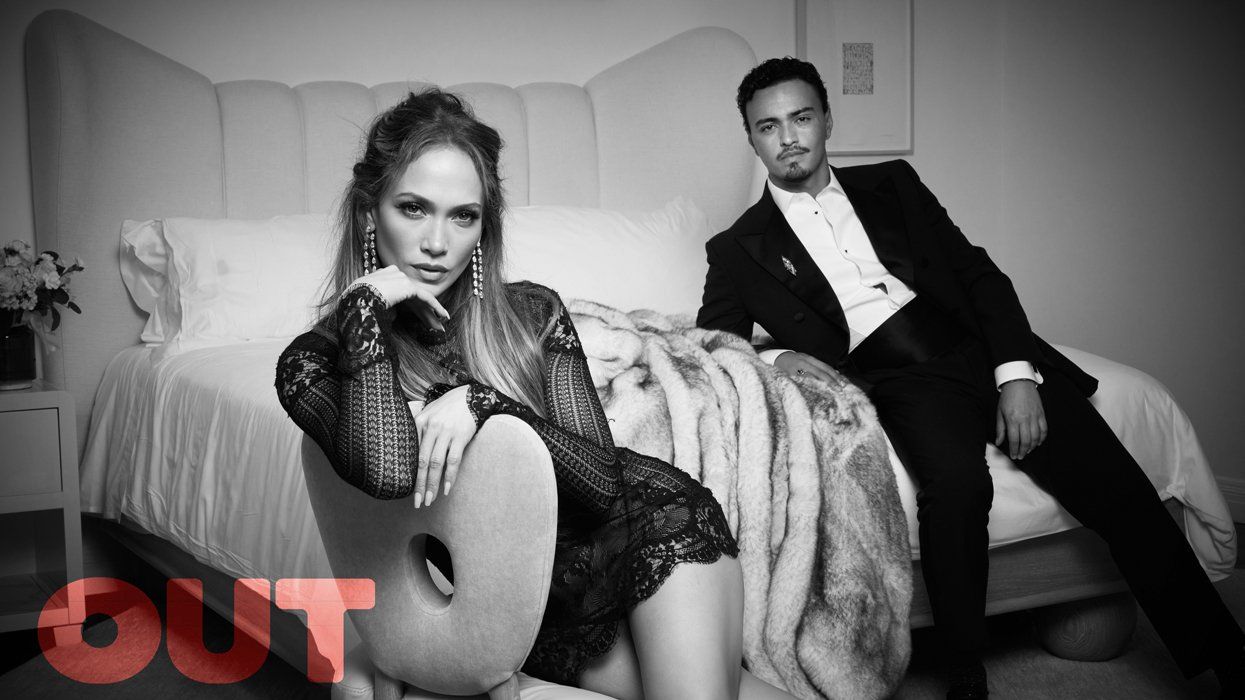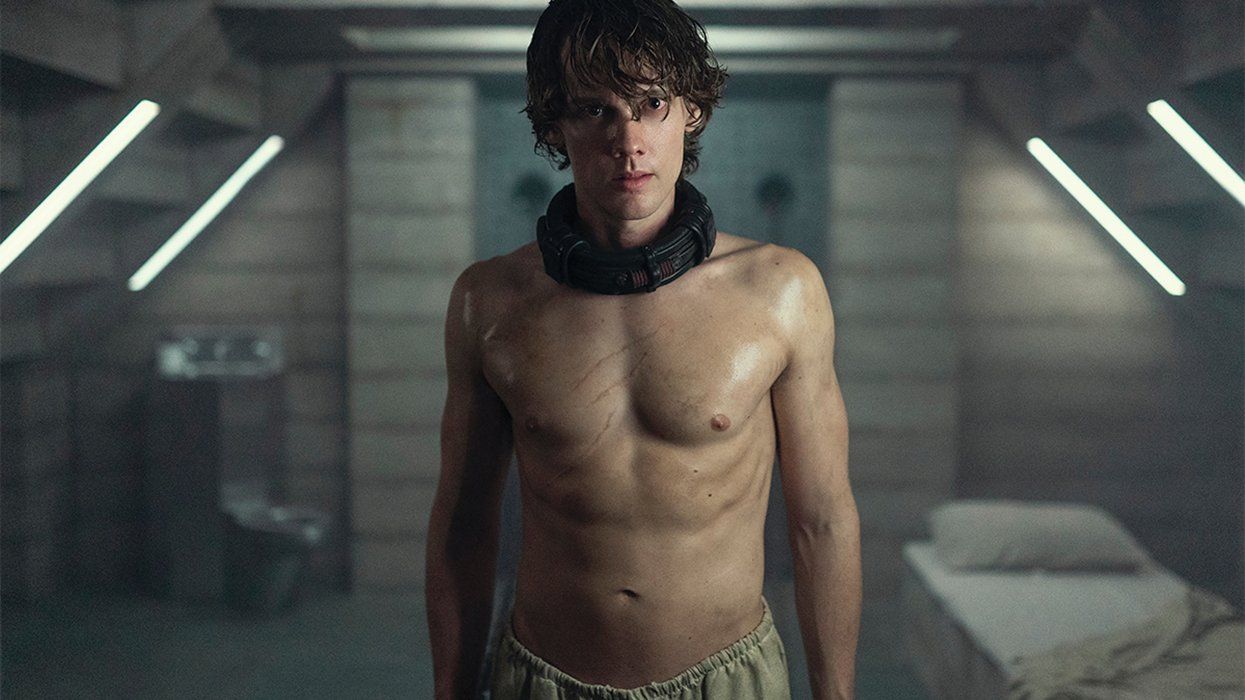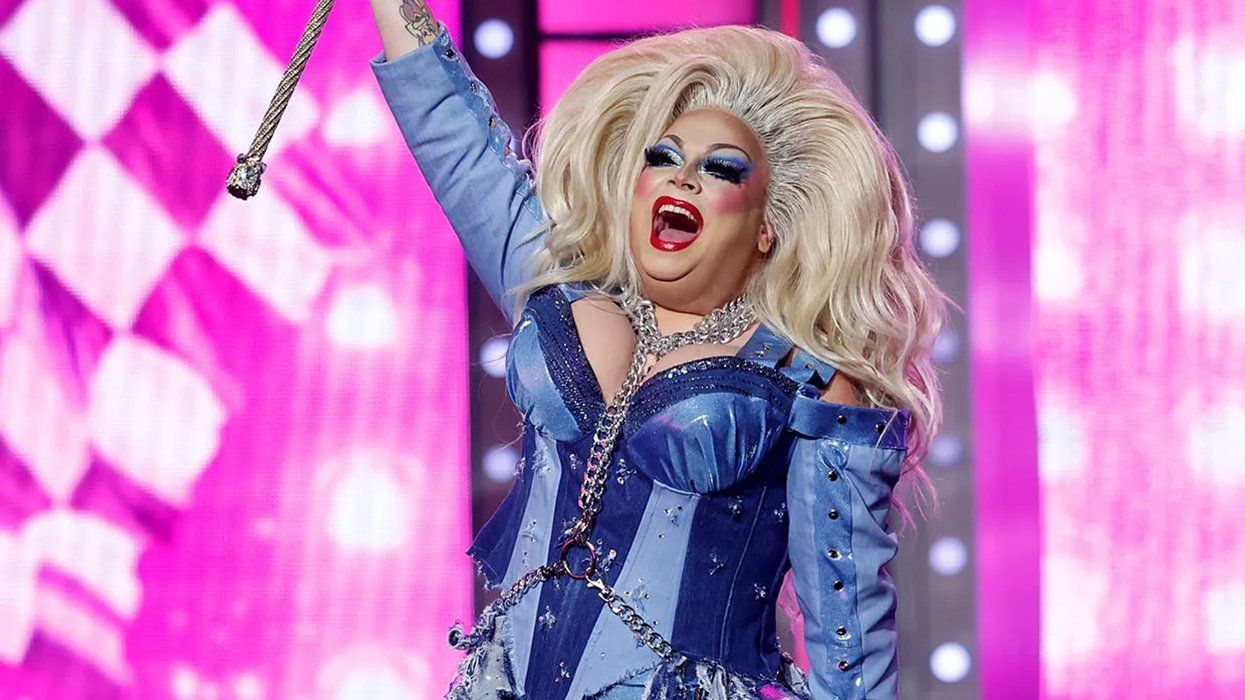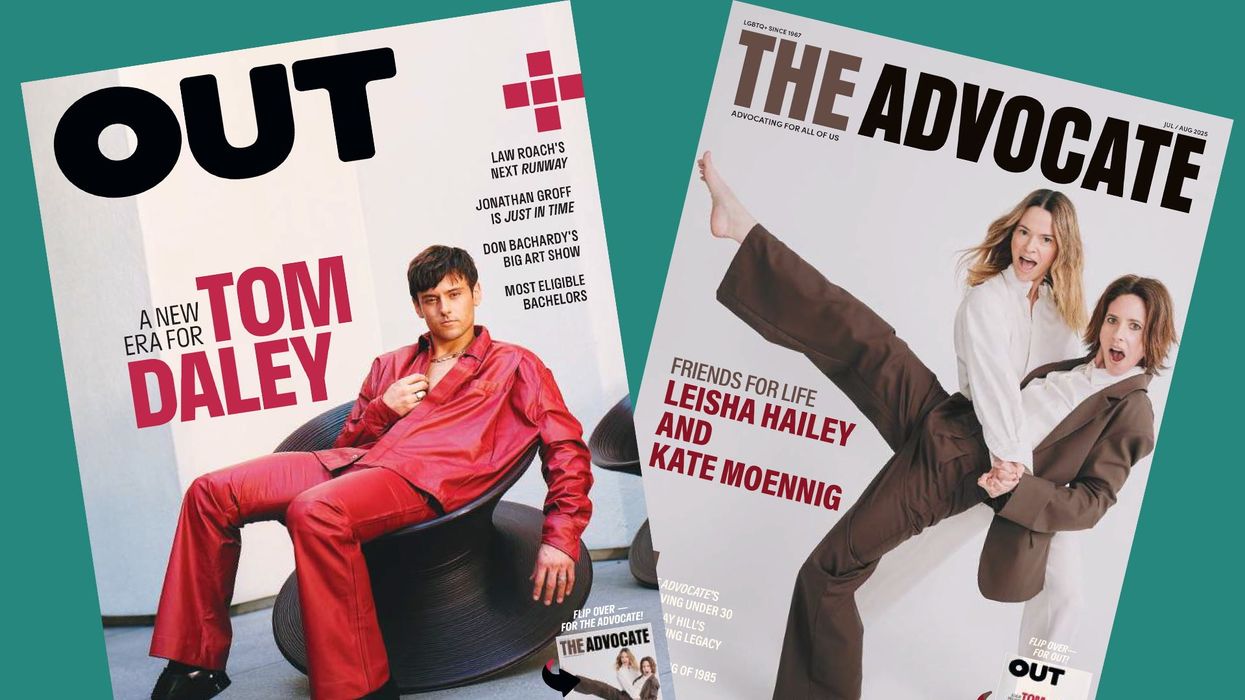James Anthony is here to celebrate the big, bold and beautiful. As the founder of Riot Bear, he's created a space for bears, the gay tribe of big, burly men, to feel good in their clothes and celebrate themselves. What had started as a celebration of fashion and style, though, has evolved to become a radical embrace of a subset of people often overlooked in the gay community.
"Behind every great look is a story and a journey. Style is about expressing the essence of who you are and where you're going. It's important to share interviews, essays and poets from young, and older queer people, to discuss this and maybe help guys push against toxic masculinity," he explained of his platform.
Related | Gallery: The Beautiful, Burly Bears of 'Riot Bear'
With a collection of essays, portraits, and stories throughout the site, Anthony has cultivated a space to talk about everything from friendships and celebration to depression and gender-fluidity. Now, as he closes out the year, he sat down to talk about the website's Riot Grrrl roots, battling body dysmorphia, and the stigma facing the bear community.
OUT: What inspired you to start Riot Bear?
I had this realization that I needed to confront the tumultuous relationship I had with my body for my entire life. After not eating a single carb for 10 years, I decided to eat whatever I wanted, and chronicle the journey on my blog, Riot Bear. I ended up gaining 60 pounds and it was a religious experience. I would write about what I was going through and began an ongoing self-portrait series, and talked about living in fashion and culture with this new body and silhouette.
After a couple years, though, my metabolism normalized and I'm still bummed about that. I felt more like myself taking up a larger space in the crowd, but ultimately I had accomplished what I set out to do: Liberate myself from the oppression of body dysmorphia and dieting, while encouraging my surprisingly large group of followers to do the same.
What has been the most inspiring story you've heard from one of your models?
Honestly, it's such an honor to just get in the studio, dress a model, and talk about their lives--to watch them experience the attention they deserve and the glamour of being photographed. To see them open up and shed their inhibitions in the process. It's very profound.
How does Riot Bear take on toxic masculinity?
Some of the biggest and burliest models we shoot are truly gentle giants. Some images can project serious masculinity, but "Masc" bullshit is never a factor. We deliberately style men to show new male beauty. We often show off bellies because nothing is more vulnerable and radical than that. We also offer each model the opportunity to use the platform to share their thoughts in essays, poems and interviews. We never want our images to be gratuitous.
How did you come up with the name "Riot Bear?"
It's a play on Riot Grrrl. Inspired by the feminist punk movement.
Photography: Paul Lowe
In a world full of twinks, what's the most ridiculous stigma you've heard about bears? What does being a bear mean to you?
Some people think big guys are lazy and unhealthy. Some people also think skinny means healthy. Neither are necessarily true and most of the big guys I know prefer to be that way. They eat healthy, work out a ton and love living big-bodied lives. Even for those guys whose body weight isn't what they want--big or small--[being a] bear is a state of living for yourself, loving your body and surrounding yourself with people who love all shapes, sizes and colors.
How do you find your models?
Mostly through Instagram. We DM people we find beautiful, but people also reach out to us from all over the world. Instagram is the perfect space to connect.
Why is Riot Bear more important than ever in our sociopolitical climate?
Ultimately, there is comfort in connecting with like-minded people. We can celebrate our strength in numbers and feel less alone in these fucked up times.
What's your favorite activity you do when you're unwinding?
Being quiet. Sitting on the sofa with my fiance and two Frenchies just being quiet.
How can fashion work to be more body-inclusive? What brands do you think do the work to challenge body norms?
ASOS is leading the way for plus-size. Other brands are doing well with women and people of color, but most fail with size. It's strange because a lot of other industries understand the compelling power of a big guy with a beard. You see them all over Viceland, in every TV commercial, on comedy stages and in movies, but fashion is so behind the times. Yet, they wonder why retail is failing.
What do you do to fight stigma around discussing anxiety and depression?
Our community just lost a powerful personality to suicide. Shannon Michael Cane was a wild extrovert beloved by so many people. He opened up about his mental state, was offered ways out of his current situation by friends, but ultimately circumstances could not relieve his despair. We must take peoples' words seriously and encourage them to seek help. Hopefully talking about mental health openly will help shed the stigma and shame--we must ignite every light in the darkness.


